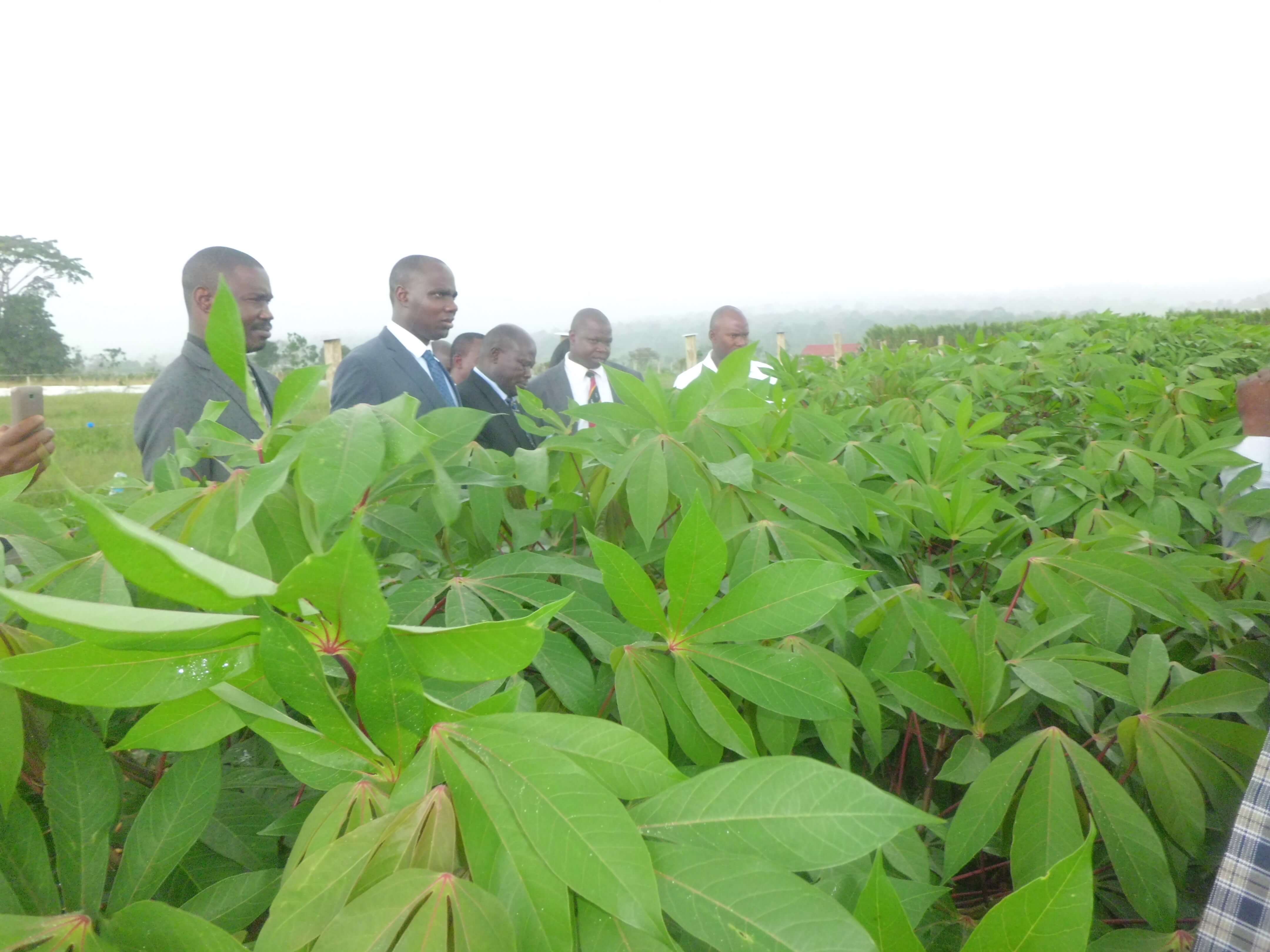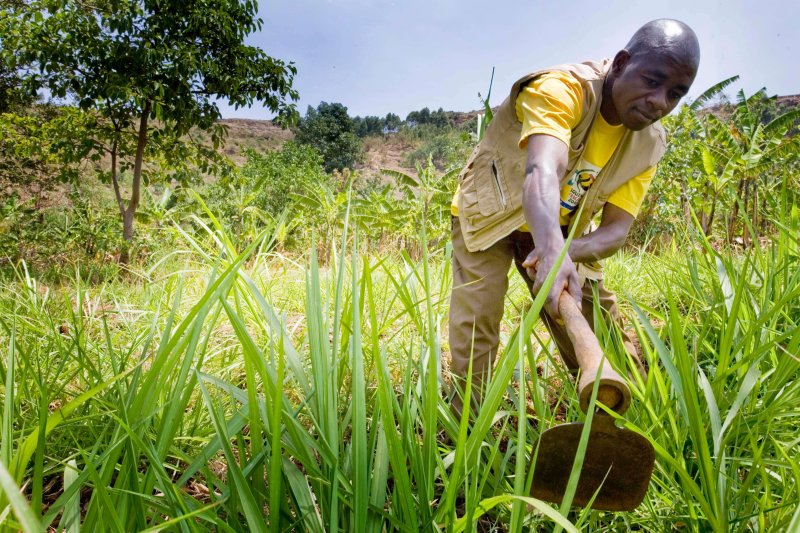It has been more than two decades since the commercial introduction of GMO crops. They have delivered a range of benefits – including stronger yields, better weed control and the ability to fight off pests – to the farmers in the nations that have adopted them.
Uganda is not one of those. And failure to do so, in the eyes of many of its scientists, represents a lost opportunity for the African nation, which is still struggling internally with how to handle GMOs and other new breeding technologies.
The nation’s economy, still heavily dependent on agriculture, would fare much better if its farmers were allowed access to GMO crops designed to cope with regional agricultural issues, said Arthur Makara, executive director for Science Foundation for Livelihoods and Development.
He argues that the growth of GM cassava would allow farmers the opportunity provide raw materials for the pharmaceutical industry through the processing of starch, which also can be used to produce paper and glue.

“Instead of importing these materials, we can process them locally from cassava starch and this is how critical application of modern biotechnology can bring about in terms of economic gain to the country,” Makara said.
GMO crops also could aid then nation’s struggling textile industry, which is dwindling because farmers are no longer growing cotton due to the challenge of the bollworm. Research already is underway on a GMO cotton seed resistant to the devastating worm.
A GMO banana also would offer the potential to open new growth opportunities through the processing of vinegar and wine from bananas and banana peels. Its fiber also can be used to make environmentally friendly packaging materials. But the nation’s banana harvests are threatened by bacterial wilt. Researchers are working on bananas resistant to the disease.
Animal scientists are also developing vaccines using biotech materials to combat tick borne disease, this will require massive production of the material which is possible using modern biotechnology.
None of these advances, however, will be possible if the nation continues to deny Ugandans access to biotechnology advances, he said.
Room for growth
The nation’s economic picture shows there is substantial room for growth in the agricultural sector.
Uganda’s Industry sector accounts for 21 percent of Uganda’s GDP and employs about 7 percent of its labor force, according to a 2017 report by Economies Africaines.
The authors argue that manufacturing allows the country to yield more benefits from its agricultural production.
The agro-food sector is processing coffee, tea, nuts, dairy products, fruit and vegetables, canning of animal products and forage production.
In addition, the industry focuses on the production of fertilizers and the processing of skins into leather, silk and cotton textiles.
However, the textile sector is negligible compared to the regional giants Kenya and Ethiopia and only 5 percent of the cotton produced in Uganda is subsequently used by local factories.
The Industrial sector is more active in mining yet processing agricultural produce would give a greater stride in the country’s economy.
Global status of GM crops
The International Service for the Acquisition of Agri- Biotech Applications publishes an annual look at the global status of commercialized GM crops.
In 2017 biotech crops reached a new record of 189.8 million hectares worldwide, representing $186.1 billion. Uganda is missing out on this movement while its government continues to take no action on biotech legislation.
Dr. Babra Zawedde, of the National Agriculture Research Organization (Naro), offers this assessment:
“If the biotechnology and biosafety framework of Uganda had been finalized, the country’s industrial sector will have a chance to gain economically from the global proceeds because this sum of money was realized from farmers growing and marketing GM crops such as corn, soybean and cotton among others which Ugandan scientists have developed and are ready to be released for commercialization.”
Further statistics show that in 2017, there were 24 countries growing 189.8 million hectares – an increase of 3 percent over the previous year. In addition to the 24 nations growing GMO crops, another 43 countries were importing them.
Developing countries grew 100.6 million hectares while industrial countries planted 89.2 million hectares. The US still leads in adoption, followed by Brazil, Argentina, Canada and India. The crops grown in the various countries include maize, soybeans, cotton, canola, sugar beets, alfalfa, papaya, squash and potatoes.

In Africa there are 12 Biotech crops existing with 13 countries involved in research work, including South Africa and Sudan, where crops are being grown.
Uganda, at this point, is limited to confined field trials, while researcher await government approval to move into farmers’ fields.
Among the crops being tested in Uganda are GM banana designed to fight bacterial wilt; a vitamin-rich banana; cassava engineered to resist mosaic virus and brown streak virus; drought-tolerant maize; and a potato designed to fight off blight.
Dr. Zawedde argues that industries in Uganda are suffering because they have been denied access to the biotech advances, which have been hindered an unpredictable political environment, restrictive regulatory process and misinformation campaigns by anti-GMO critics.
These new GMO crops are particularly important for developing nations such as Uganda, where farmers cannot afford the expenses associated with better irrigation that might help stave off the effects of drought, said Dr. Fred Muhumuza, from Makerere University.
He called upon policy makers not to deny small holder farmers the opportunity to utilize products developed using this scientific knowledge for them to reap a better output.
Lominda Afedraru is a freelance science journalist in Uganda who specializes in agriculture, health, environment, climate change and marine science. Follow her on the Daily Monitor web site www.monitor.co.ug, Facebook or Twitter @lominda25































